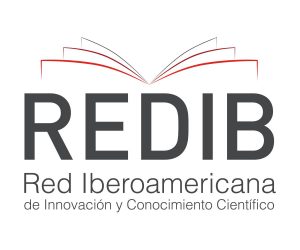Aid to education and sustainable development
how much, to whom, for what? What has comparative education to say?
DOI:
https://doi.org/10.34019/2237-9444.2019.v9.30845Palabras clave:
Sustainable development goals, International aid to education, Global partnership for education, Education finance, GenderResumen
The Sustainable Development Goals commit all countries to make rights to education realities for all children. Most of those out of school, and in school but not learning, are in Low Income Countries. Poor countries allocate 3%-4% of GDP to education. 6% is needed to finance universal primary and secondary school. Aid can help. However, aid to education in poor countries has stagnated since 2010 at USD 12 Billion annually. Aid can accelerate development that is self-sustaining through investment in human capitals and the promotion of public goods. Over the last three decades national investment has helped some countries transform their education systems. In other countries progress has been disappointing. The challenge for old and new donors to education is how should future aid be provided to promote sustainable development aid and how can Comparative Education help?






















